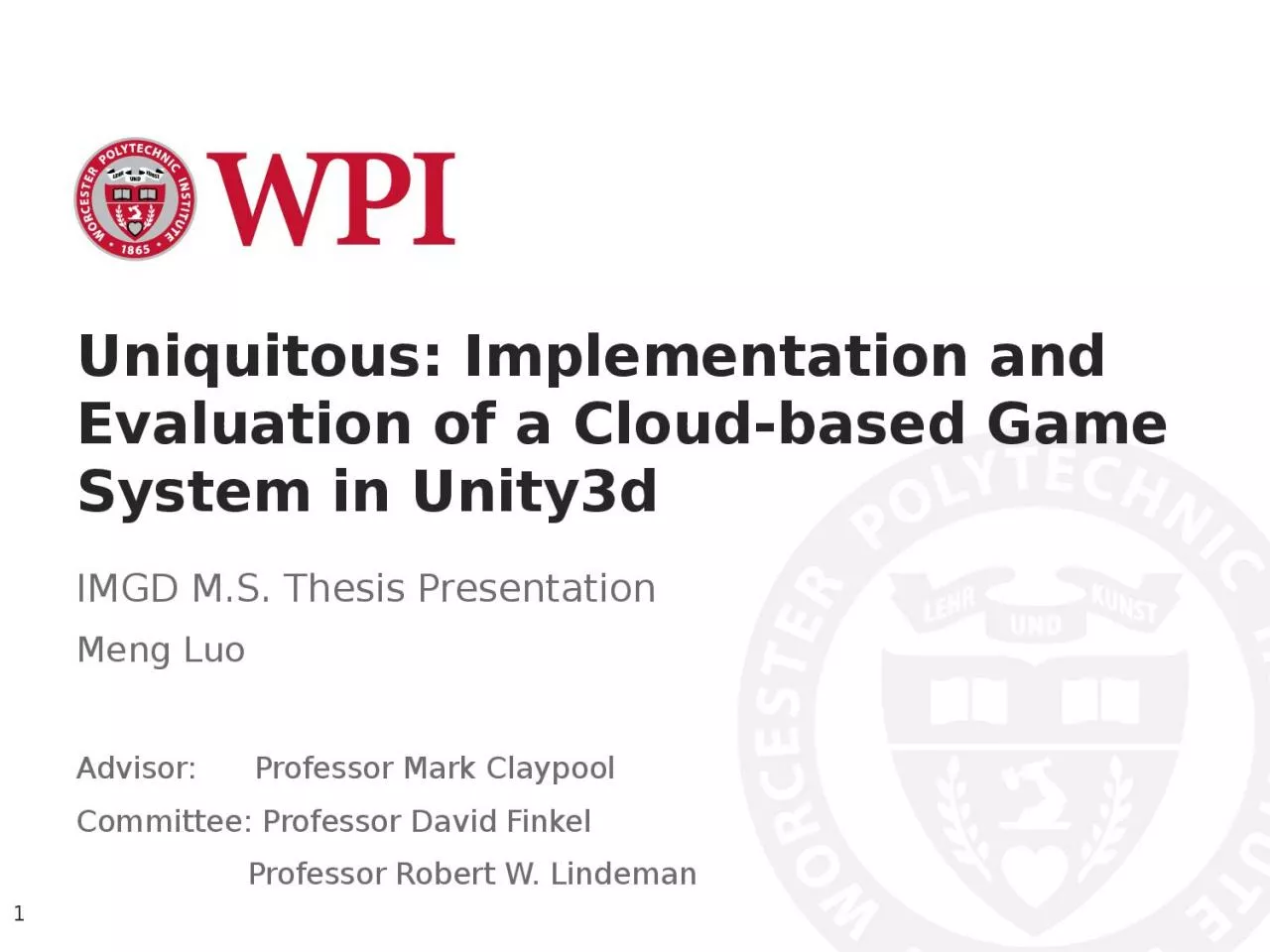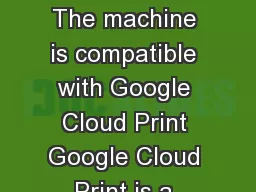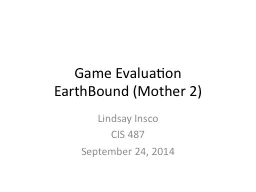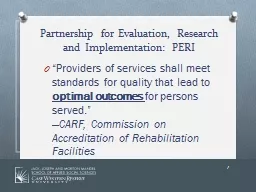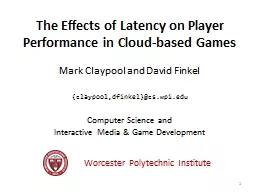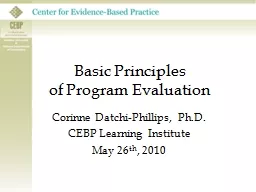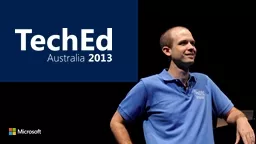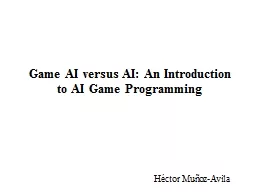PPT-Uniquitous: Implementation and Evaluation of a Cloud-based Game System in Unity3d
Author : trinity | Published Date : 2023-10-29
IMGD MS Thesis Presentation Meng Luo Advisor Professor Mark Claypool Committee Professor David Finkel Professor Robert W Lindeman 1 Background 12 What is Cloud
Presentation Embed Code
Download Presentation
Download Presentation The PPT/PDF document "Uniquitous: Implementation and Evaluatio..." is the property of its rightful owner. Permission is granted to download and print the materials on this website for personal, non-commercial use only, and to display it on your personal computer provided you do not modify the materials and that you retain all copyright notices contained in the materials. By downloading content from our website, you accept the terms of this agreement.
Uniquitous: Implementation and Evaluation of a Cloud-based Game System in Unity3d: Transcript
Download Rules Of Document
"Uniquitous: Implementation and Evaluation of a Cloud-based Game System in Unity3d"The content belongs to its owner. You may download and print it for personal use, without modification, and keep all copyright notices. By downloading, you agree to these terms.
Related Documents

